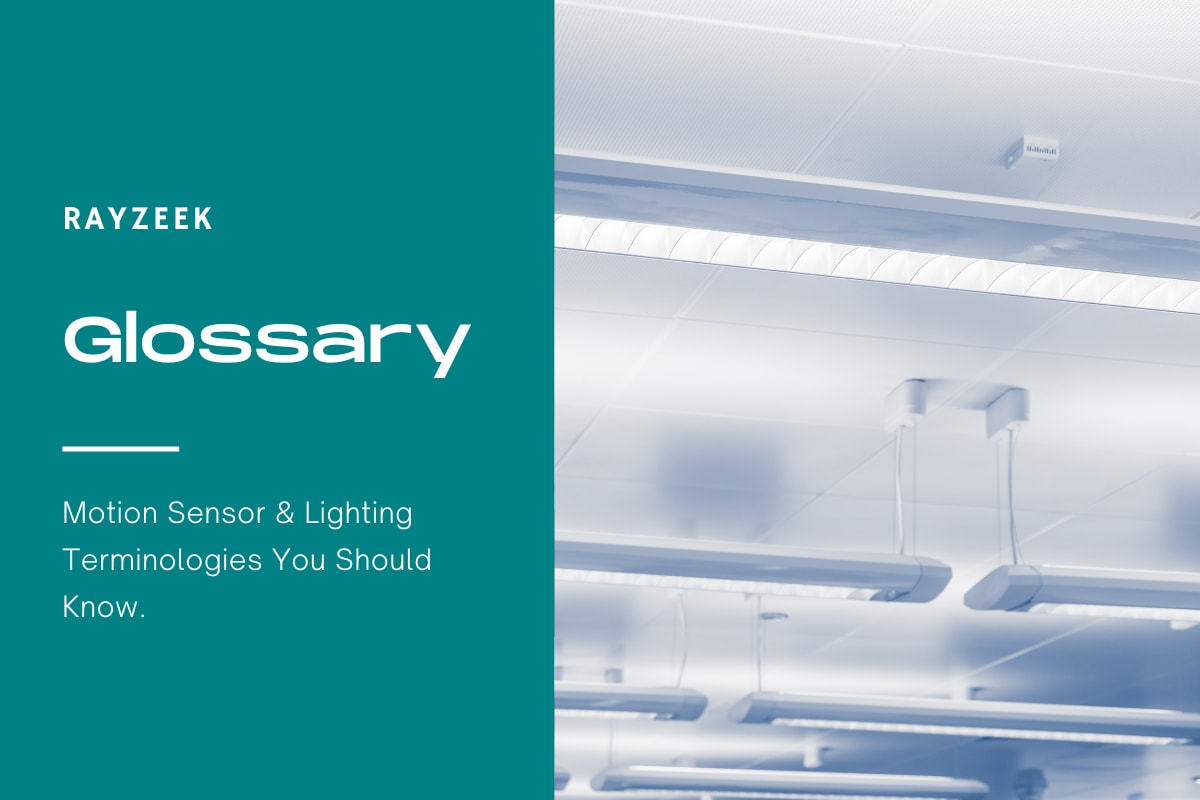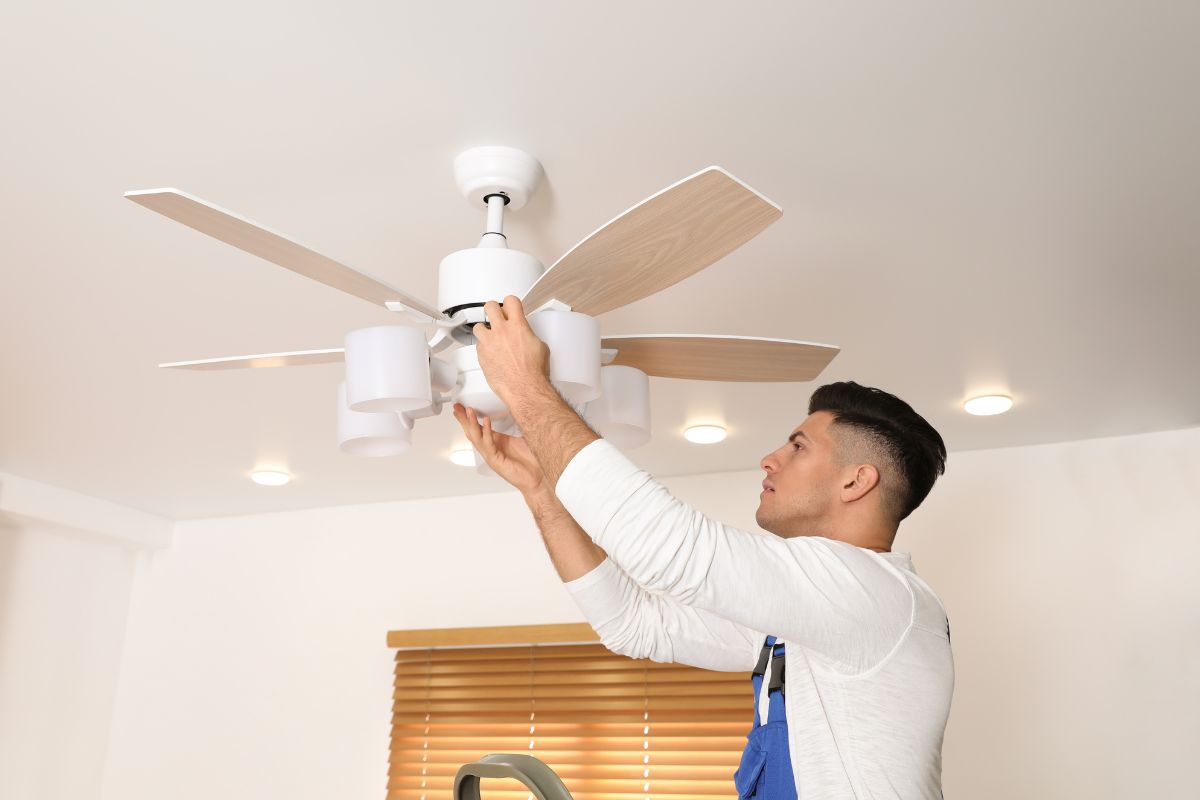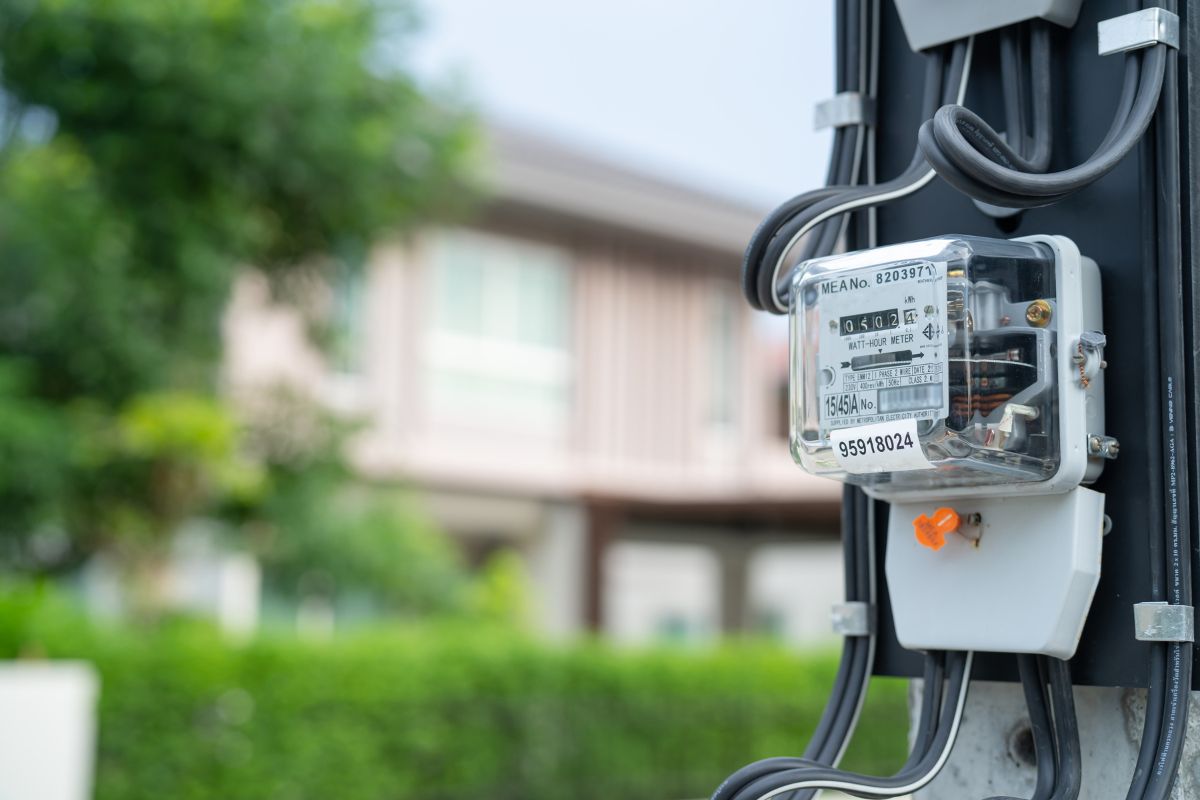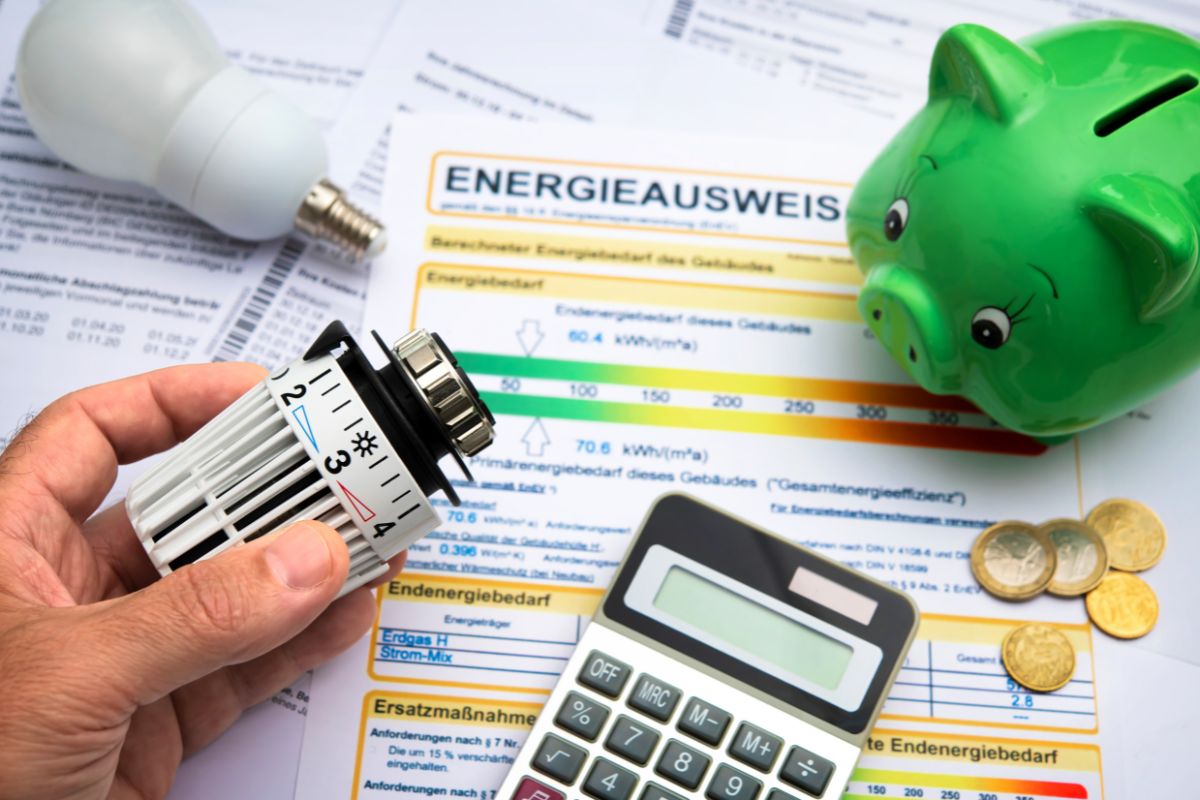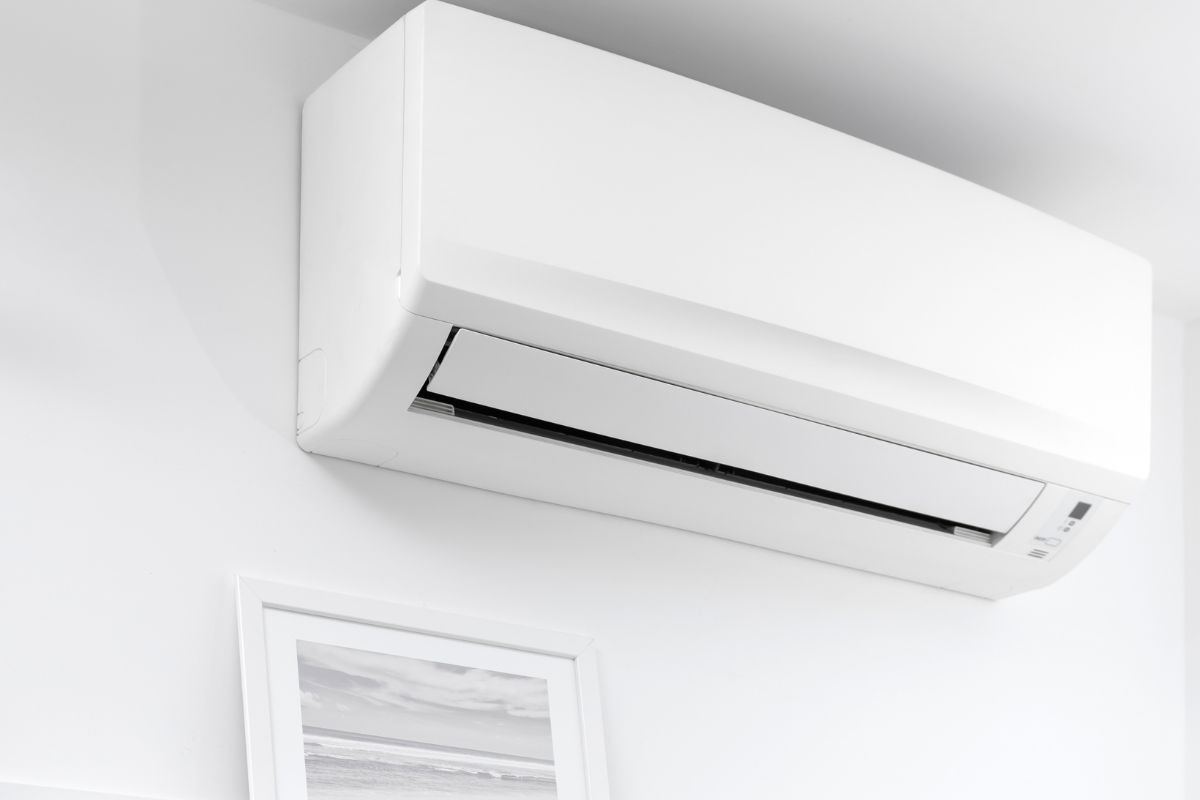What is Average Rated Life
Average rated life is the average lifespan of a particular type of lamp or light bulb. It is a measurement expressed in hours that indicates when 50% of a large group of lamps have failed while operating at their nominal voltage and current. This metric is used by manufacturers to determine the expected longevity of different types of lamps. It is an important specification for consumers and professionals in the lighting industry as it provides an estimate of how long a lamp can be expected to operate before reaching the point where half of the lamps in a large group have failed. It serves as a useful indicator of the lifespan and durability of traditional light sources such as incandescent, fluorescent, and HID lamps. It is worth noting that the average rated life is specific to traditional light sources and does not apply to LED (Light-Emitting Diode) lighting. LED lamps follow a different method for measuring life expectancy called lumen maintenance. Therefore, the average rated life is not applicable to LED lamps.
Looking For Motion-Activated Energy-Saving Solutions?
Contact us for complete PIR motion sensors, motion-activated energy-saving products, motion sensor switches, and Occupancy/Vacancy commercial solutions.
Frequently Asked Questions
Do LED Lights Cost a Lot to Keep on All Day
LED lights are highly energy-efficient and technologically advanced compared to other lighting options. They consume significantly less electricity than incandescent bulbs and have a much longer lifespan, up to 50 times longer. Consequently, the operational expenses for running a single LED lightbulb are relatively inexpensive.
Why Do My LED Bulbs Burn Out So Fast
LED bulbs have a lower heat output compared to other bulbs, but this also means that they can be more susceptible to overheating. This sensitivity to overheating can result in a shorter lifespan for the bulbs. To prolong the life of your LED bulbs, it is important to keep them cool. Additionally, make sure that the bulbs you are using are the appropriate size for the fitting.
What Is the Average Rated Life of a Light Source
The average rated life of a light source varies depending on the type. For example, incandescent bulbs typically last around 1,000 hours. On the other hand, fluorescent bulbs are known for their longevity, with lifespans ranging from 15,000 to over 20,000 hours.
What Is the Average Lifespan of Light Fixtures
You can anticipate an average lifespan of 45 years for interior light fixtures. These fixtures, also known as “luminaires” in building codes, may deteriorate due to factors such as corrosion, obsolescence, short circuits that damage the wiring, or accidental harm.
What Is the Average Life Span of 50000 Hours Light
50,000 hours of light usage would correspond to approximately 5.7 years if the light is operated continuously for 24 hours a day, 7.6 years if the lights are on for 18 hours per day, and 11.4 years if the light is used for 12 hours a day.
What Is the Average Lifespan of LED
LED bulbs typically have an average lifespan of around 50,000 hours, and some brands can even last up to 100,000 hours. In practical terms, if you use your lights for 10 hours per day, LEDs should last for approximately 14 years. This makes LEDs a worthwhile investment, even if you opt for a higher-end bulb.
What Is the Lifespan of an LED Ceiling Light
One of the key benefits of LED ceiling lights is their long lifespan. Unlike incandescent light bulbs that typically last around 1,000 hours, the most durable LED ceiling lights have been proven to last up to 100,000 hours. On average, LED ceiling lights can go without needing replacement for at least 20 years.
Do LED Lights Really Last 20 Years
LED light bulbs are often advertised to have a lifespan of 5, 10, 17, or even 20 years. However, it is important to note that these numbers can sometimes be misleading. Therefore, we suggest that our customers either perform their own calculations or consult with us to determine a more accurate estimate of the lifespan of LED lights.
Do Dimmers Shorten LED Bulb Life
Using a dimmer to adjust the brightness of LED bulbs can actually prolong their lifespan. Normally, an LED bulb without dimming capabilities will last approximately 40,000 hours. However, by dimming the light using a dimmer switch, you are effectively increasing its Average Rated Life (ARL).

